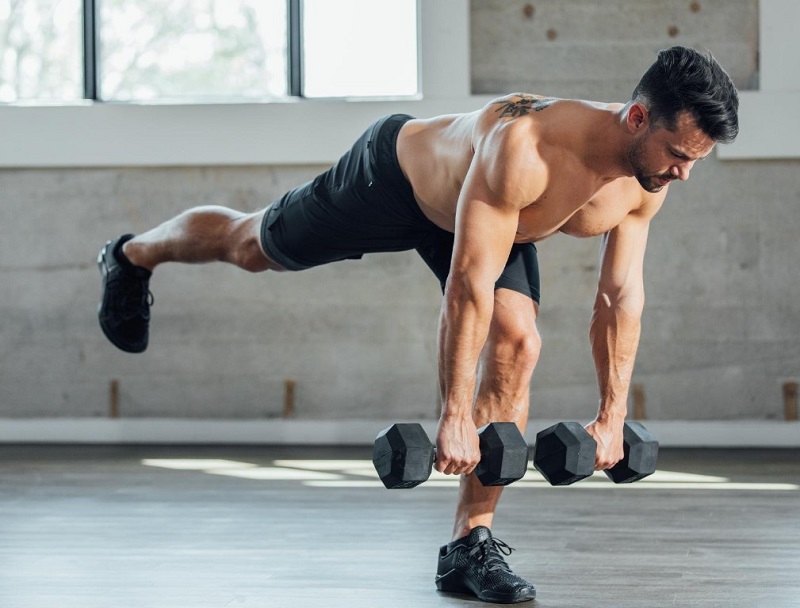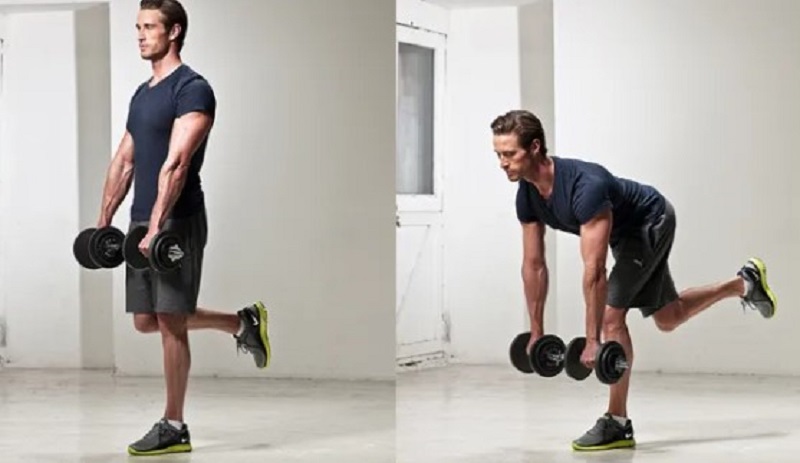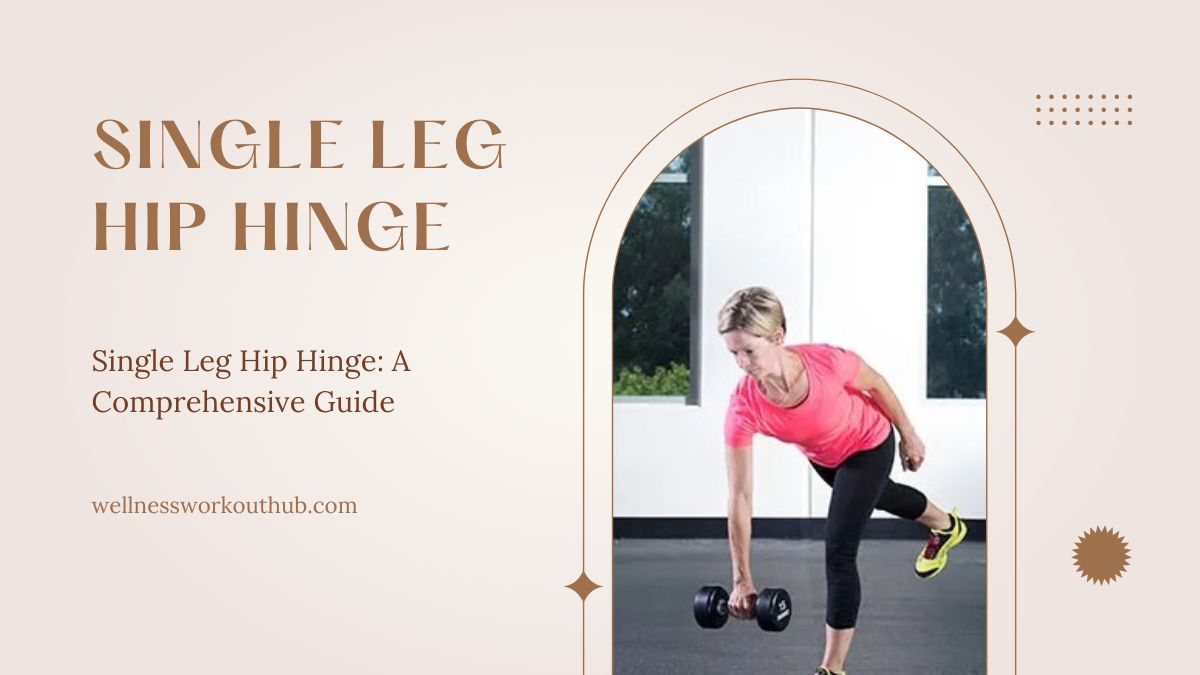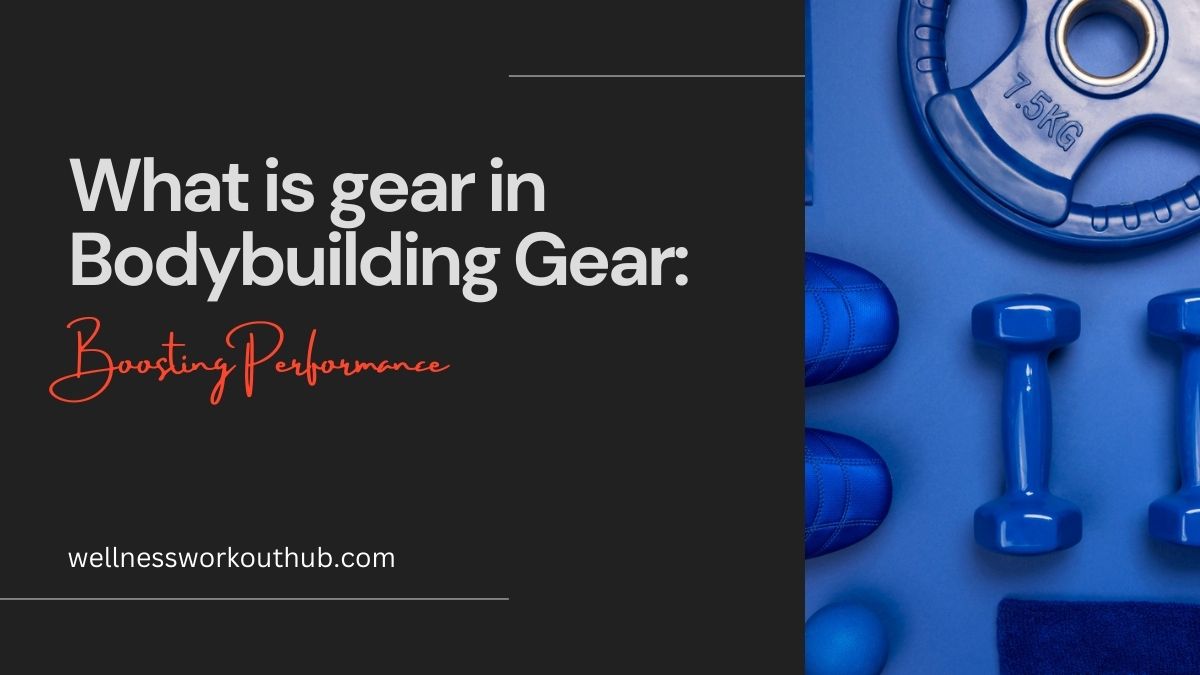What is a single-leg hip hinge? The single-leg hip hinge is a fundamental exercise that targets the posterior chain, including the hamstrings, glutes, and lower back. It involves hinging at the hips while maintaining a neutral spine, with one leg lifted off the ground for added challenge and balance.
Benefits of Single-Leg Hip Hinge
Improved Balance and Stability
Performing single-leg hip hinge exercises helps improve balance and stability by engaging stabilizing muscles throughout the body. This is particularly beneficial for athletes who rely on unilateral strength and stability in sports such as running, jumping, and cutting movements.
Enhanced Athletic Performance
By strengthening the posterior chain and enhancing hip mobility, single-leg hip hinge exercises can lead to improved athletic performance in various activities, including sprinting, jumping, and agility drills. The exercise helps generate power from the hips, translating to greater speed and explosiveness.
Read More: The 1000 Squats a Day Challenge: Transform Your Body and Mind
Reduced Risk of Injury
Strengthening the muscles around the hips and lower back through single-leg hip hinge exercises can help reduce the risk of injury, especially in activities that involve repetitive or explosive movements. A strong posterior chain contributes to better movement mechanics and spinal alignment, decreasing the likelihood of strains and sprains.
How to Perform a Single-Leg Hip Hinge
To perform a single-leg hip hinge correctly, start by standing tall with your feet hip-width apart. Shift your weight onto one leg while keeping a slight bend in the knee. Hinge forward at the hips while maintaining a neutral spine and extending the opposite leg behind you for balance.
Variations of Single-Leg Hip Hinge
Single-Leg Romanian Deadlift
The single-leg Romanian deadlift is a variation of the hip hinge that emphasizes the eccentric phase of the movement. Hold a dumbbell or kettlebell in one hand and hinge forward at the hips while keeping the opposite leg extended behind you. Lower the weight towards the ground while maintaining a flat back, then return to the starting position.

Single Leg Kettlebell Deadlift
Hold a kettlebell in one hand and perform a hip hinge movement while balancing on one leg. Lower the kettlebell towards the ground, keeping your back straight and chest lifted. Engage your glutes and hamstrings to return to the starting position.
Single Leg Stability Ball Hip Hinge
Stand with one foot on a stability ball and the other foot lifted off the ground. Perform a hip hinge movement by pushing your hips back while maintaining balance on the stability ball. Keep your core engaged and spine neutral throughout the movement.
Incorporating Single-Leg Hip Hinge into Workouts
Incorporate single-leg hip hinge exercises into full-body workout routines to target multiple muscle groups and improve overall strength and stability. Combine single-leg hip hinges with compound movements such as squats, lunges, and rows for a comprehensive workout.
Importance of Progression
Gradually increasing the difficulty and intensity of single-leg hip hinge exercises is essential for continued progress and muscle adaptation. Start with bodyweight variations before progressing to weighted exercises and advanced variations.
Overcoming Plateaus
If you hit a plateau in your training, try incorporating variations of single-leg hip hinge exercises, adjusting the number of repetitions and sets, or increasing the weight or resistance. Consistency and progressive overload are key to overcoming plateaus and achieving continued improvements in strength and performance.

Common Myths and Misconceptions
Despite its effectiveness, there are some myths and misconceptions surrounding single-leg hip hinge exercises. Let’s debunk a few:
- Myth: Single-leg hip hinge exercises are only for advanced athletes.
- Myth: Single-leg hip hinge exercises are bad for your knees.
- Myth: You need expensive equipment to perform single-leg hip hinge exercises.
Conclusion
Incorporating single-leg hip hinge exercises into your workout routine can lead to significant improvements in strength, stability, and athletic performance. By following proper form and gradually progressing the intensity of the exercises, you can reap the benefits of this effective lower body movement.
In conclusion, integrating single-leg hip hinge exercises into your fitness regimen can yield remarkable benefits for your strength, stability, and overall athletic performance. By mastering proper form and gradually progressing in intensity, you can harness the power of this fundamental movement to target key muscle groups, enhance balance, and mitigate the risk of injury.
Remember, consistency is key. Incorporate single-leg hip hinge variations into your workouts regularly, and don’t hesitate to challenge yourself with increased resistance or advanced techniques as you progress. With dedication and perseverance, you’ll not only strengthen your body but also unlock newfound levels of athleticism and resilience.
So, embrace the single-leg hip hinge as a cornerstone of your training routine, and witness the transformative impact it can have on your fitness journey. Here’s to stronger, more resilient bodies and achieving your fitness goals one hinge at a time!
Frequently Asked Questions
It’s recommended to perform single-leg hip hinge exercises 2-3 times per week, allowing for adequate rest and recovery between sessions.
Yes, beginners can start with bodyweight variations of single-leg hip hinge exercises and gradually progress to more challenging variations as they build strength and stability.
You can perform single-leg hip hinge exercises with minimal equipment using just your body weight or incorporating dumbbells, kettlebells, or resistance bands for added resistance.



